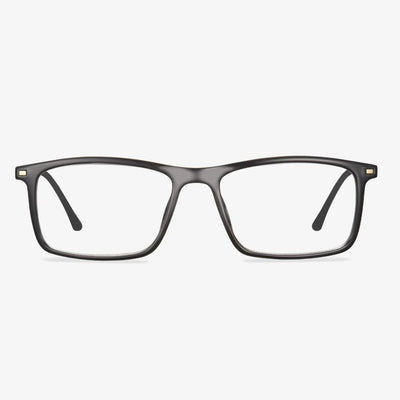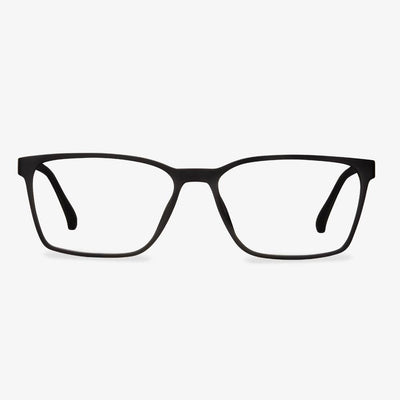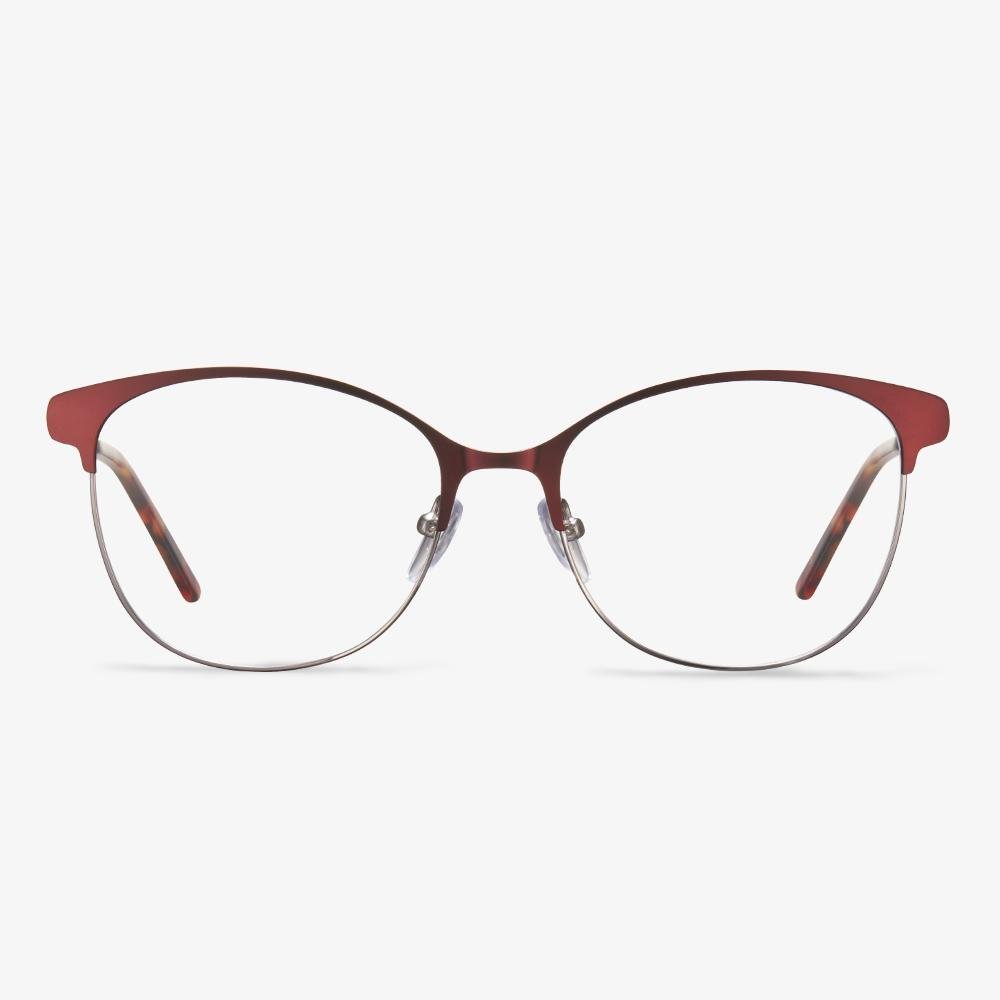Difference Between Driving Glasses And Night Vision Goggles
The special effect of polarized glasses is to eliminate and filter the scattered light in the beam of light effectively so that the light can be put into the visual image of glasses with the right track, and the field of vision is clear and natural. The effect of night vision goggles is that they allow the wearer to observe the surroundings at night without being affected by light. For example, aviation accidents can be greatly reduced through the use of navigation winches equipped with forward-looking infrared cameras on aircraft and by requiring pilots to wear goggles fitted with night vision goggles.
What Are Progressive Lenses?
Your eyes change with your age. When your reach your 40s, you may find that it is difficult for you to focus between a book, a website on a computer screen and the conference room whiteboard. Progressive lenses are growing in popularity among people who need help seeing near, far and in-between.
Progressive lenses have grown in popularity and are one of the most common solutions to treat vision loss that occurs with age or presbyopia. Progressive lenses have a seamless increase in magnification from the top to the bottom of the lens, helping you see clearly at all distances with just one pair of glasses. The top portion of the lens enables you to see the far-away objects, the middle portion of the lens enables you to focus on the intermediate objects and the bottom to see objects close-up. The prescription changes little by little across the lens surface providing a gentle transition.
After knowing what the progressive lenses are, do you know what are the pros and cons of progressive lenses? If not, keep on your reading and we will show you some information.
How to adapt to progressive lenses?
People who are prone to motion sickness or have inner ear diseases may suffer dizziness, nausea, vomiting, and other symptoms due to their inability to tolerate the slight deformation of the visual objects, so they need to pay more attention when wearing them. For people who have not worn reading glasses before, it is not recommended to wear graded multi-focus glasses directly because their eyes will not be able to adapt quickly.
Characteristics of titanium frames
Titanium is widely used in the eyewear industry because it is not easy to deform, fade and has strong stability. The glasses frame made of titanium can highlight the noble taste and elegant temperament. The glasses frame made of titanium can be divided into pure titanium, titanium alloy, and beta-titanium frame three kinds. To learn about titanium frames, how to identify pure titanium frames?
Titanium frame has the benefits of low density, high strength, good mechanical properties, and strong corrosion resistance. The frame is very light and not easily corroded by moisture. However, due to the poor process performance of titanium alloy, machining is very difficult, the glasses frame made of hydrogen, oxygen, nitrogen, carbon, and other chemical impurities are more absorbed. The wear resistance of titanium alloy is relatively poor, and the production process is relatively complex, so the cost is relatively high and the workmanship is relatively complicated when using this material to make the spectacle frame. The price is much more expensive than the common spectacle frame.
The Acetate Spectacle Frame
The sheet spectacle frame is made of a high-tech plastic memory sheet. The current sheet material is mostly acetate fiber, and a few high-end frames are propionate fiber. The acetate fiberboard is divided into injection molding type and pressing and polishing type. The injection molding type is made by pouring in a mold. The plate frame is also suitable for people with a high number of heights because the frame is larger and can withstand a high number of lenses.
What Is Polycarbonate Lens?
Polycarbonate was developed in the 1970s for aerospace applications and is currently used for the helmet visors of astronauts and for space shuttle windscreens. Polycarbonate lenses were introduced in the early 1980s in response to a demand for lightweight, impact-resistance lenses. Since then, polycarbonate has become standard for safety glasses, sports goggles, and children’s eyewear.
Polycarbonate glasses are thinner and lighter than regular plastic lenses. They provide 100% UV protection and are up to 10 times more impact-resistance than plastic or glasses lenses. Polycarbonate glasses also offer clearer and more comfortable vision if an anti-reflective coating is applied to the lenses, which can eliminate distracting lens reflections that interfere with vision, particularly when driving at night or in other low-light conditions when glare sources are present.
However, polycarbonate lens is a naturally soft material, making it more subject to scratching without adequate protection with a scratching-resistant coating. Polycarbonate glasses have high dispersion due to its low Abbe value of 30, causing chromatic aberrations.
The characteristics of metal material
The material of metal glasses frame chooses some kind of metal material or alloy to make mostly. Most of the copper alloys are treated as the base material and then have surface treatment processing. Then there is the recent rise of pure titanium frames and those made of memory alloy. Metal frames are usually equipped with nose pads, which are movable to accommodate a variety of nasal shapes. The end of the temple is often covered with a plastic cover, not only beautiful but also to protect the temple and skin.


















































